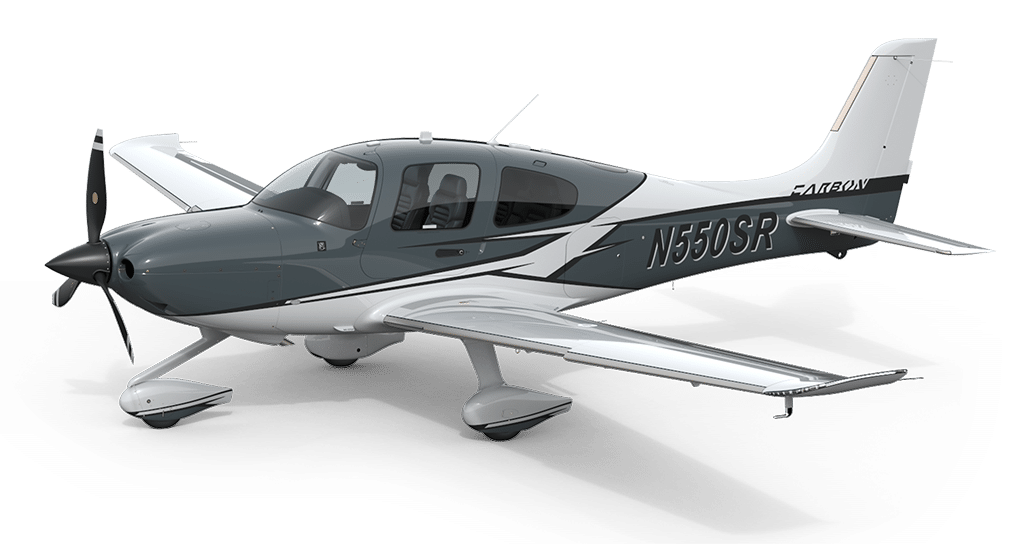Kcas In Aircraft
| Date: | 15-JUL-1989 |
| Time: | 11:58 |
| Type: | Bellanca 8-KCAS |
| Owner/operator: | |
| Registration: | VH-SSX |
| C/n / msn: | 455-78 |
| Fatalities: | Fatalities: 0 / Occupants: 1 |
| Other fatalities: | 0 |
| Aircraft damage: | Substantial |
| Location: | 1km N of Schofields, NSW - Australia |
| Phase: | Approach |
| Nature: | Private |
| Departure airport: | YSFS |
| YSFS |
Tcas In Aircraft
Under any other conditions, CAS may differ from the aircraft's TAS and GS. Calibrated airspeed in knots is usually abbreviated as KCAS, while indicated airspeed is abbreviated as KIAS. In some applications, notably British usage, the expression rectified airspeed is used instead of calibrated airspeed. A few seconds after this discussion, the aircraft passed the intermediate waypoint APNAM, as it descended through 4300 feet, with an approximate speed of 170 KCAS. The power was reduced to idle, the gear was lowered, and the speed was stabilized at approximately 150 KCAS in this configuration with the autopilot in vertical speed (VS) mode. For aircraft control, CAS is one of the primary reference points, as it describes the dynamic pressure acting on aircraft surfaces regardless of the existing conditions of temperature, pressure altitude or wind. The first application has rapidly decreased in importance due to the widespread use of GPS and inertial navigation systems.
- Under any other conditions, CAS may differ from the aircraft's TAS and GS. Calibrated airspeed in knots is usually abbreviated as KCAS, while indicated airspeed is abbreviated as KIAS. In some applications, notably British usage, the expression rectified airspeed is used instead of calibrated airspeed.
- The airspeed indicator, and have applied the aircraft specific airspeed correction to obtain 370 KCAS. We start at point 'A' and go horizontally to our flight altitude at point 'B' (25,000 ft in this case). To find our Mach, we go down vertically to point 'C' to obtain 0.86 Mach.
Kcas Aircraft
The pilot hired the aircraft for a short flight to practise aerobatics as he intended to participate in a club aerobatic competition later in the day. The fuel quantity was checked by the pilot with a dipstick. There was a total of approximately 120 litres evenly distributed between the left and right wing tanks. The engine run up revealed no abnormalities prior to take off. The aircraft was climbed to 4000 feet in the training area where the pilot practised aerobatics for about five minutes. He then regained the height lost during the aerobatics before the aircraft was deliberately put into a spin. Recovery was effected at about 3000 feet. From 3000 feet the pilot closed the throttle and descended to circuit altitude. He said he cleared the engine on two occasions during the descent by opening the throttle briefly. The aircraft was positioned on a right downwind leg for runway 23 and normal cruise power set. During the before landing checks the pilot said the engine commenced to run roughly after the fuel boost pump was switched on. The pilot turned onto a base leg where the engine lost all power. As there was insufficient height for the aircraft to glide to the aerodrome the pilot attempted a forced landing in a confined area about 750 metres from the northern boundary. The aircraft struck the ground with a high rate of sink and low forward speed. The pilot suffered back injuries and required assistance to vacate the cockpit. An examination of the aircraft and an engine test run failed to reveal the reason for the loss of power. Witnesses reported the mixture control knob was approximately 25 millimetres out from the full rich position but it could not be determined if the mixture control was in this position prior to impact. There is no provision other than internal friction in the mixture control cable to prevent movement of the mixture control. The atmospheric conditions were not conducive to intake icing in a fuel injected engine.


https://www.atsb.gov.au/publications/investigation_reports/1989/aair/aair198902569/
https://www.atsb.gov.au/media/33719/aair198902569.pdf
Photo of VH-SSX courtesy AirHistory.net
Adelaide - Parafield (YPPF)
7 April 1980; (c) David Tanner (via Daniel Tanner)
Kcas In Aircraft Boneyard
| Date/time | Contributor | Updates |
|---|---|---|
| 24-Dec-2018 02:11 | Pineapple | Added |